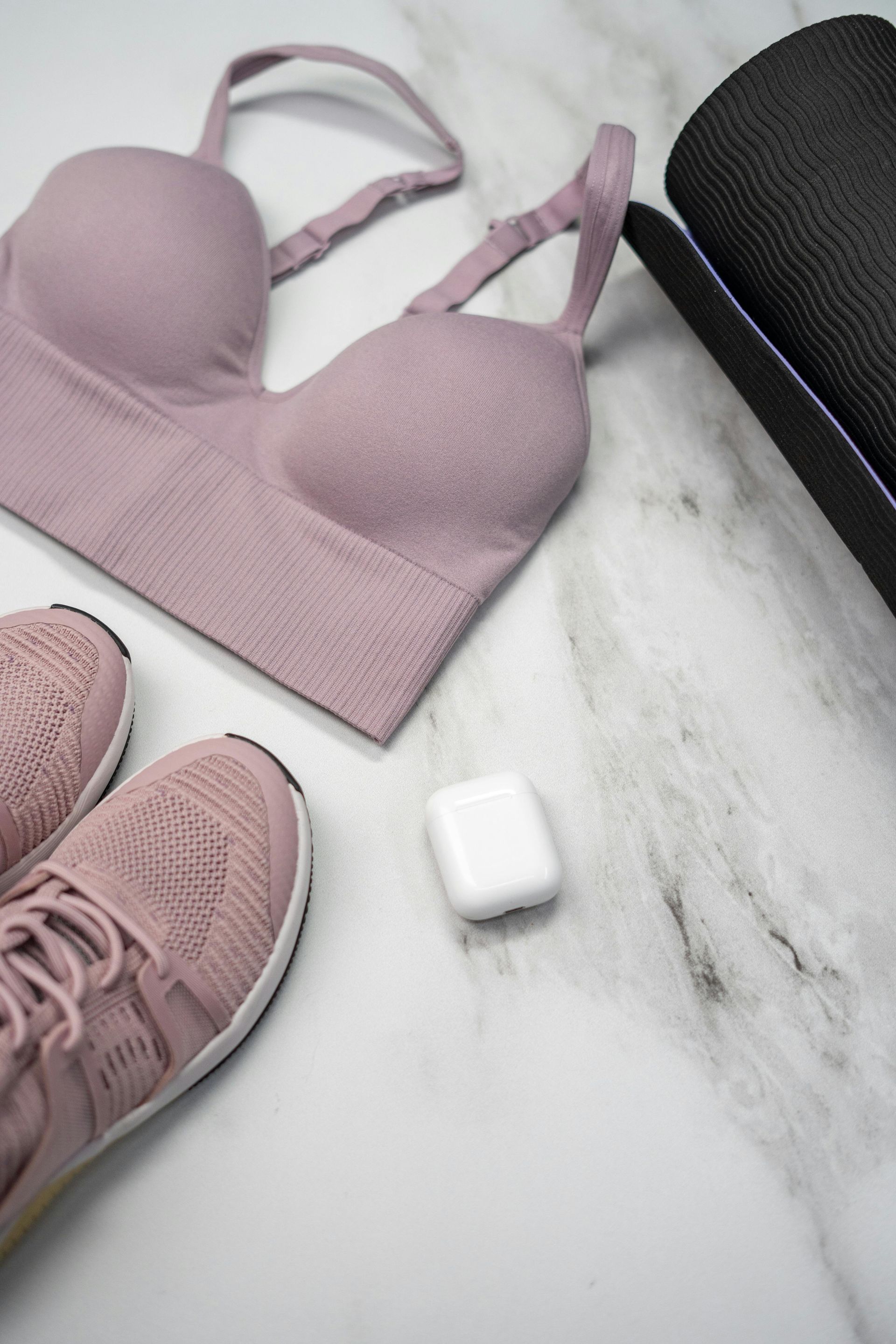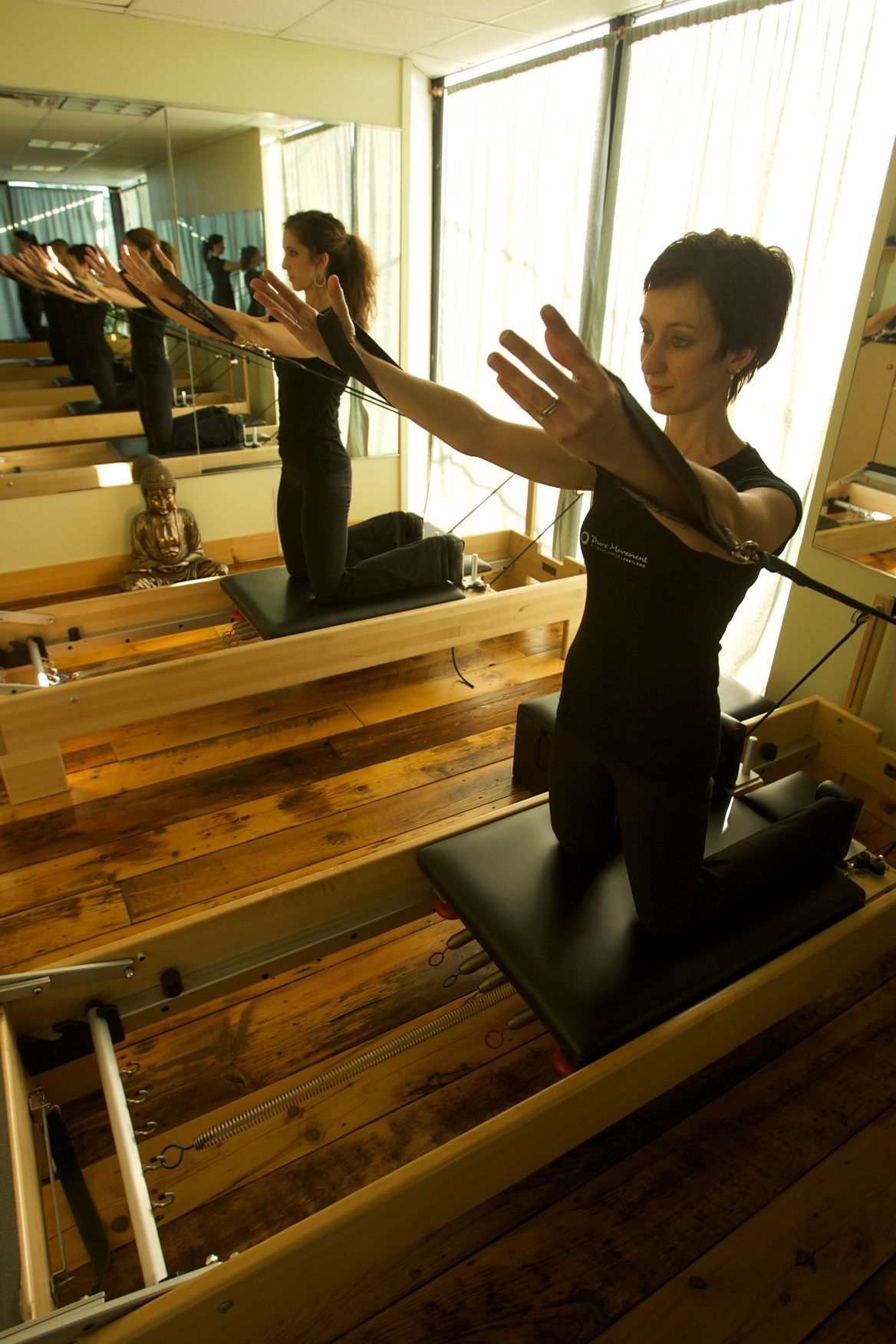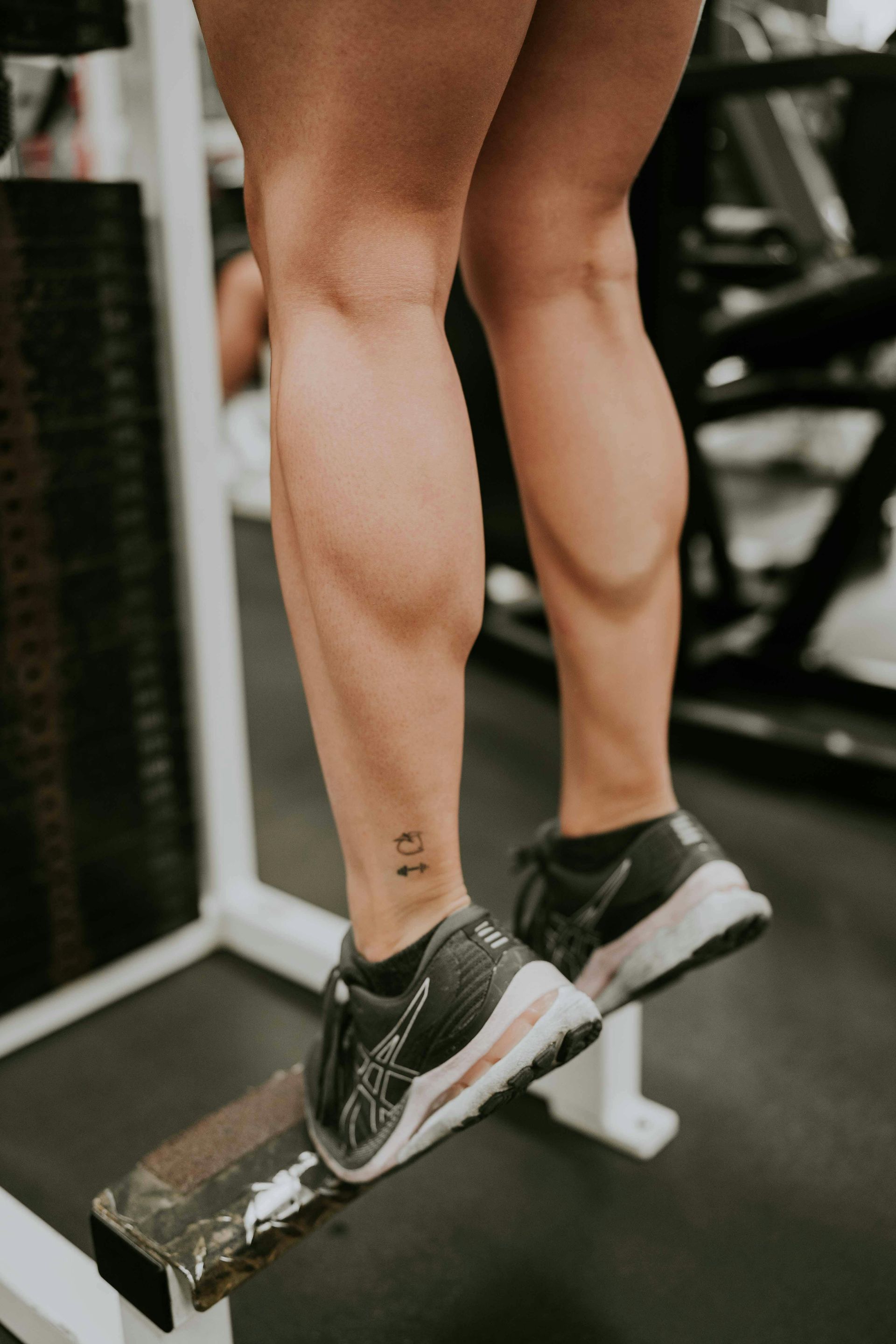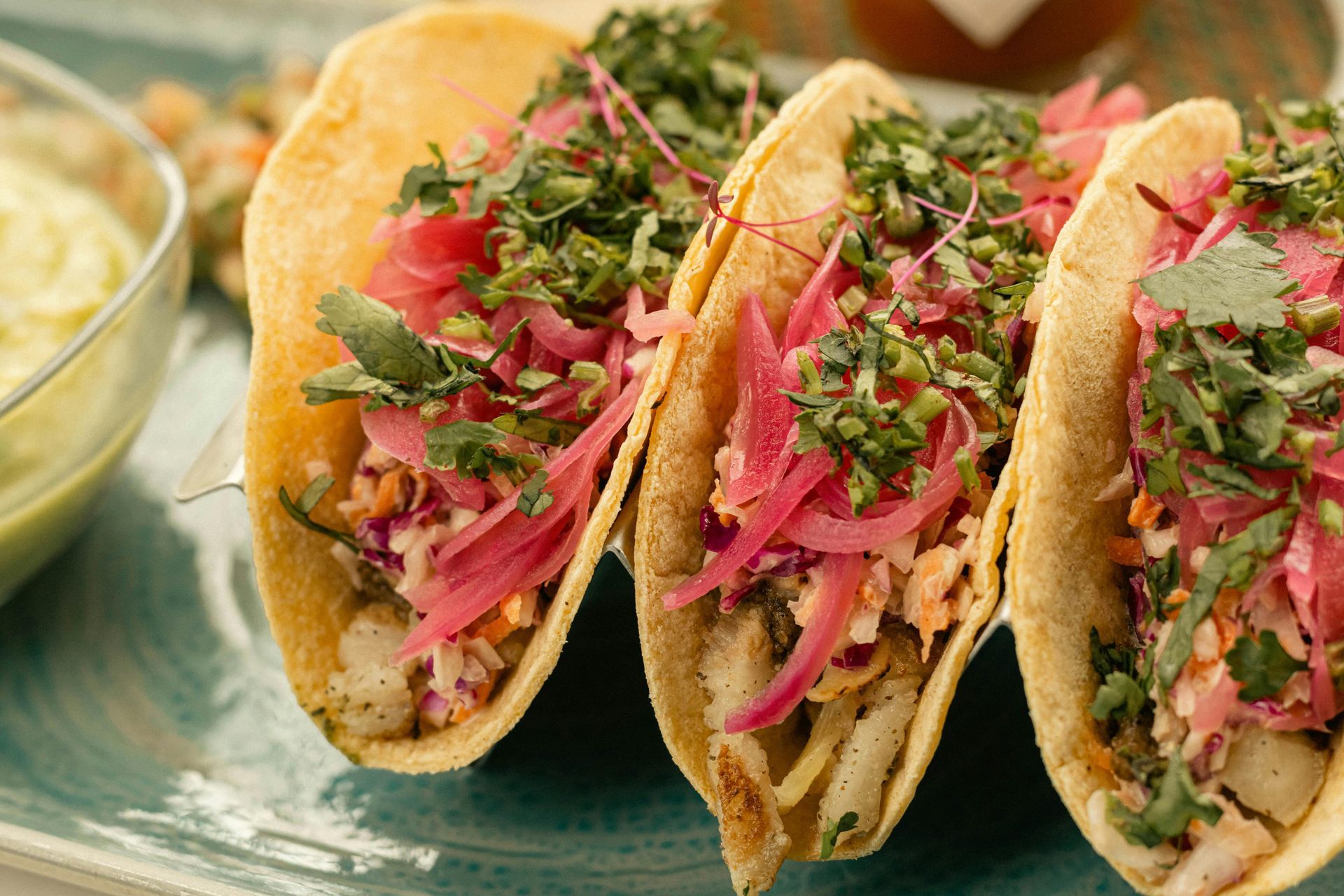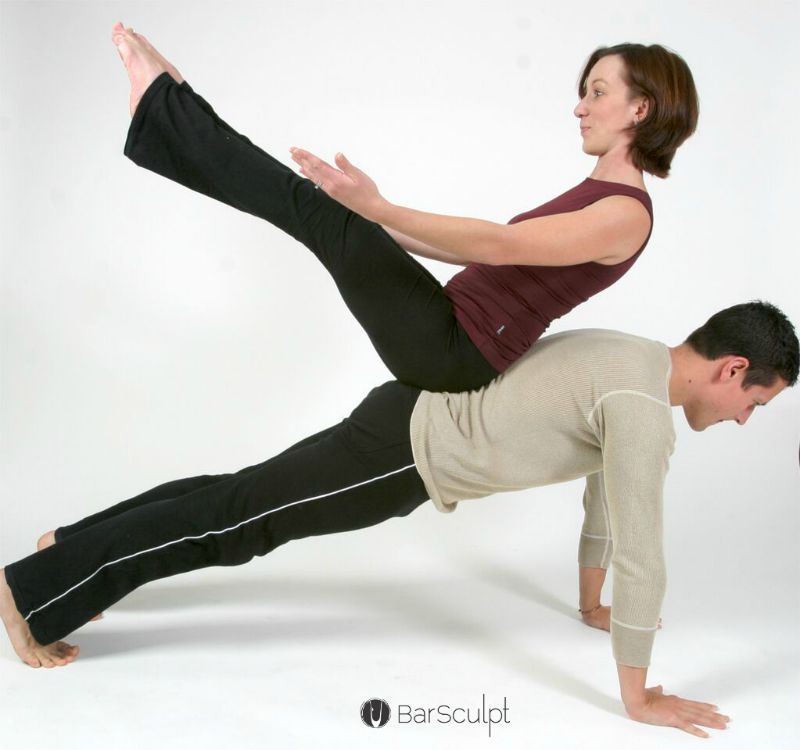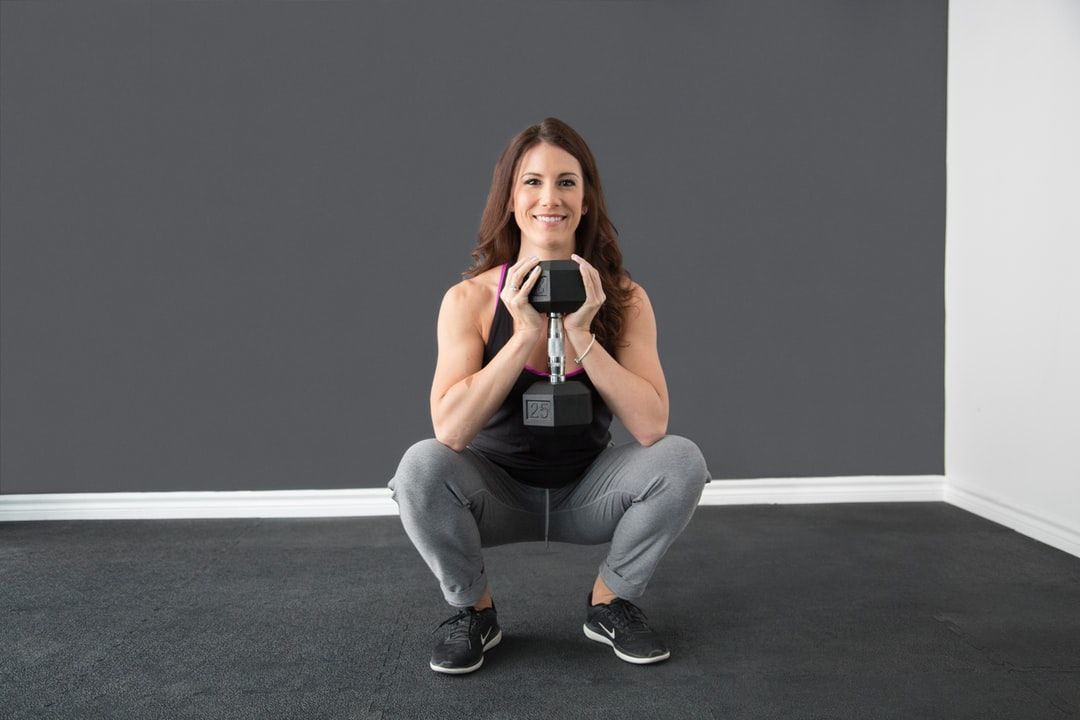You Don’t Need to Be Perfect at Pilates to Teach It Well!
Why your body doesn’t need to master every move—but your eye, empathy, and communication matter more.
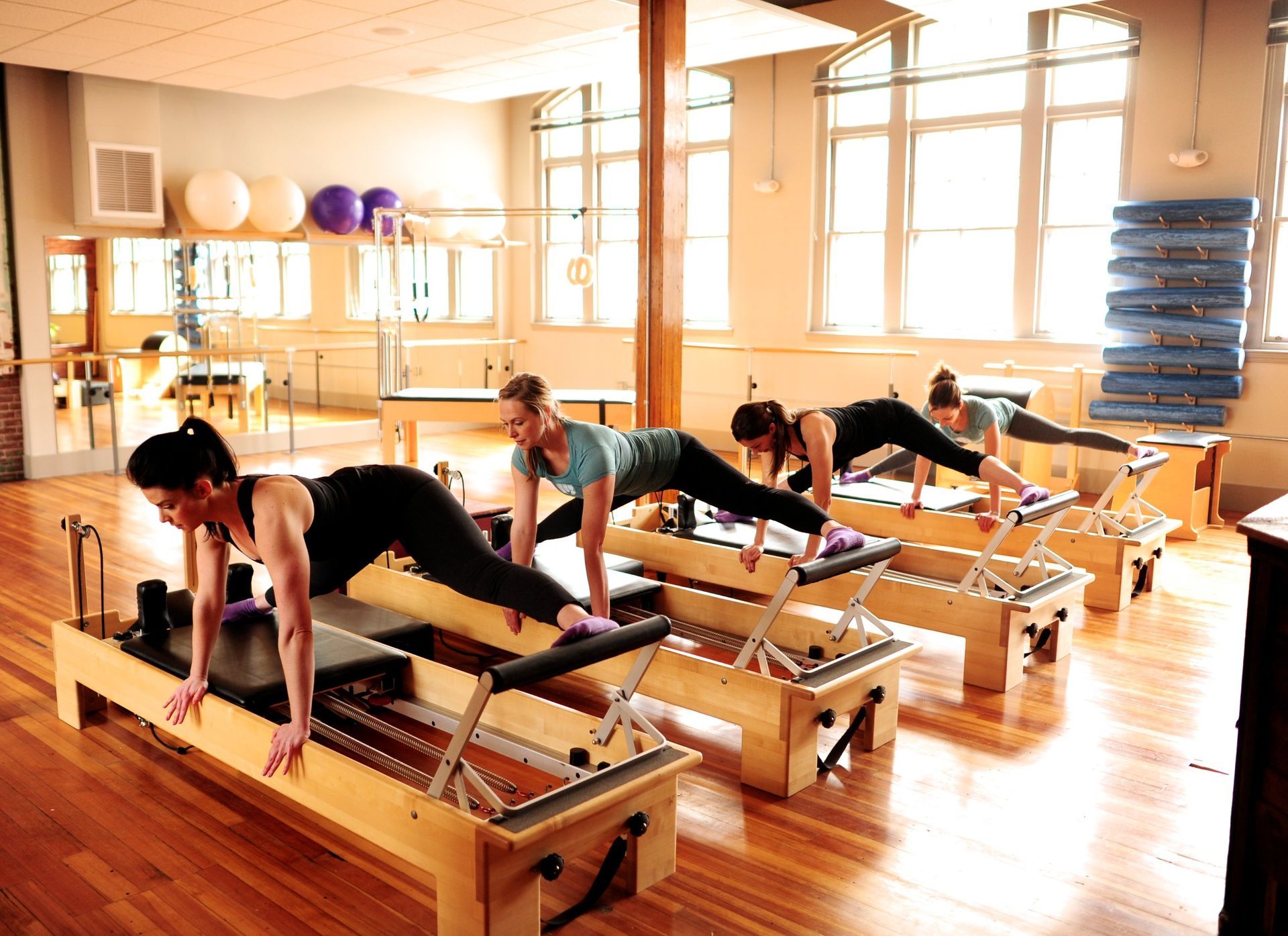
I don’t remember the first time I danced—because I was two years old.
I didn’t have a deep yearning for ballet at that age; I had a sister four years older who danced, and I wanted to do what she did. (And also: my mom needed somewhere for me to release some energy.) If you had seen me then, you’d understand. I was a classic ADHD mover—loud, kinetic, joyful. Ballet tried to quiet me, but tap let me make noise. It gave my body something to do and my brain something to organize. I was hooked.
From those first toddler classes until I graduated high school, I never stopped. Jazz became my world. In high school, I danced competitively with a team of talented women—many of whom now own their own studios. We had solid training, solid rhythm, and most of all, we watched each other. We learned from seeing, from feeling, from repetition and rhythm.
I didn’t know it then, but this lifelong movement practice was laying the foundation for what would become my most valuable teaching asset: my eye.
Teaching Pilates Has Very Little to Do with Being “Perfect”
I know the image. The one Instagram feeds us. The hyper-flexible, effortlessly controlled teaser. The dancer-turned-influencer in a perfect arabesque line on a Reformer, backlit by sunlight in a $150 unitard.
Let me say this clearly:
That image has nothing to do with being a great Pilates teacher.
It has nothing to do with keeping a client injury-free. It doesn’t help someone recovering from surgery find their strength again. It doesn’t build safety, agency, or longevity in a group class. It doesn’t cue breath or offer options for different spines or shoulder issues or foot structures.
But what does?
- A trained eye
- Consistent observation
- Communication that lands
- Empathy for what it feels like to be in someone else’s body
These skills are earned—not genetically gifted. And they’re the focus of how I train teachers in BarSculpt.
From the Studio Floor to the Teaching Floor
By the time I taught my first class, I had already logged 21 years of being in movement rooms.
Two decades of watching teachers cue students—some clearly, some vaguely. Watching classmates master a move in one week and another struggle for six. Watching how posture changes with mood. How breath changes with effort. How movement can create freedom—or tension—depending on how it’s executed.
Even as a teen, I could spot a misaligned hip or a compensating shoulder. I didn’t have the anatomical language for it yet, but my visual vocabulary was already rich. I could see what was working and what wasn’t.
That’s why I got hired. Not because I had a perfect body or could perform every exercise. But because I had the eye. And I could explain things. That’s the magic combo.
At Lotte Berk (the original barre method), the teachers were dancers. Most were professionals with long careers and training pedigrees. I stood out—not as a ballerina, but as a musical theatre dancer. A recreational one. But also a communicator. I had been trained to perform, to connect, to speak with intention.
That’s still what sets my teaching apart. Not perfection, but connection.
You Don’t Need to Be a Star Mover to Be a Star Teacher
I’ve been moving for 47 years. But I’ve also been watching people move for just as long.
And here’s what I’ve learned:
Some of the best teachers can’t demonstrate a full teaser. Some haven’t done a deep lunge in years due to joint injuries. Some teach from the sidelines, not because they’re unwilling, but because they’re wise.
They know their body, and they know their role.
Have you ever seen a retired dancer or choreographer lead a rehearsal? Maybe they don’t do every step—but they pull better performances out of their students than anyone else.
That’s what great Pilates teachers do.
That’s what BarSculpt Teacher Training prepares you to do.
What Makes a Great Pilates Teacher (Hint: It’s Not Your Teaser)
BarSculpt Teacher Training isn’t about being able to “nail” the hundred or roll up with no hands. It’s about being able to:
- Break down movement patterns for different bodies
- Explain the same cue three different ways for three different learners
- Spot faulty patterns and help redirect them without shame
- Offer corrections that land—verbally, visually, and kinesthetically
- Maintain class flow, presence, and safety across a range of abilities
This is why our training requires extensive observation and practice teaching hours. Because becoming a great teacher is a process, not a checklist.
It’s Time We Stop Expecting Teachers to Be Perfect Movers
In fact, I think being less perfect can be a gift.
If you’ve ever struggled with an exercise, you’re more likely to understand how to teach it to someone else. You remember where it caught you—your hip flexors, your balance, your breath. And if you’ve had to work around a limitation—ankle instability, back pain, herniation, hypermobility—you have even more tools in your toolbox.
And yes, I’ve been there too. During the pandemic, I developed a herniated disk at L5-S1. I couldn’t do many of the moves I’d taught for years. But I used that time to deepen my teaching, not pause it. I learned more about cueing from the outside-in—not from showing the move, but guiding someone through it with clarity.
So no, you don’t need a “perfect” body. You need a curious one. A body that learns. A mind that stays engaged. A heart that wants to help.
BarSculpt Teacher Training Is a Teaching Program—Not Just a Certification
Some people want to get certified in Pilates so they can learn the moves. That’s great.
But if you want to learn how to teach—how to spot, speak, and scaffold movement for every body in the room—then that’s what I offer.
You’ll learn:
- Anatomy with real-world application
- How to modify and progress movement patterns
- How to communicate to multiple learning styles
- How to build confidence as a new teacher (even if you’ve never stood at the front of a room)
And you’ll gain:
- Hours of observation
- Personalized feedback
- A deeper understanding of movement in your own body—even if it doesn’t “look” perfect
You’re Already Closer Than You Think
If you’ve read this far, I can almost guarantee you already have the most important ingredient of a great teacher:
A deep care for how movement can help others.
If you also have:
- A desire to keep learning
- An interest in making movement more accessible
- A love for watching people grow into their own strength…
Then you don’t need to be perfect. You just need to start.
Let BarSculpt show you how.
✨ Ready to take the next step?
Join me for a free 20-minute discovery call to talk through your goals and see if this training is right for you. No pressure—just movement nerds chatting about what’s possible.
📍 In-person & virtual trainings available
